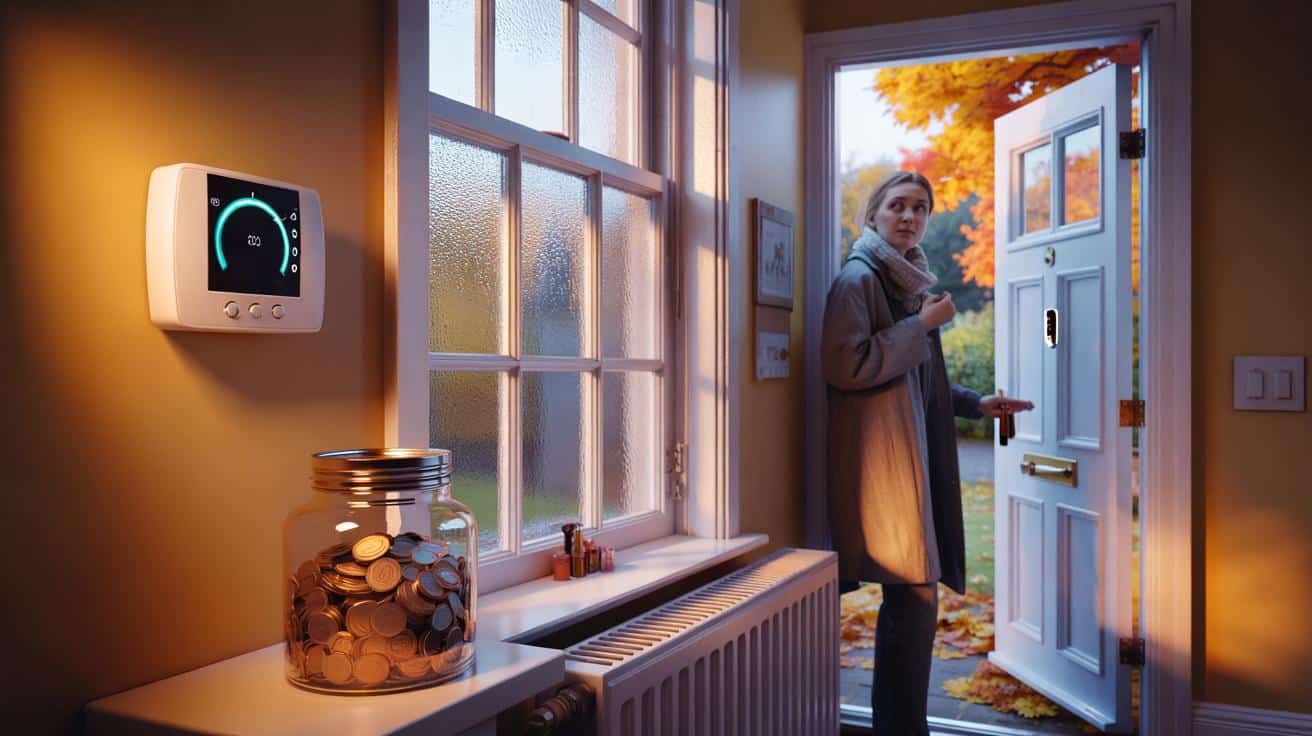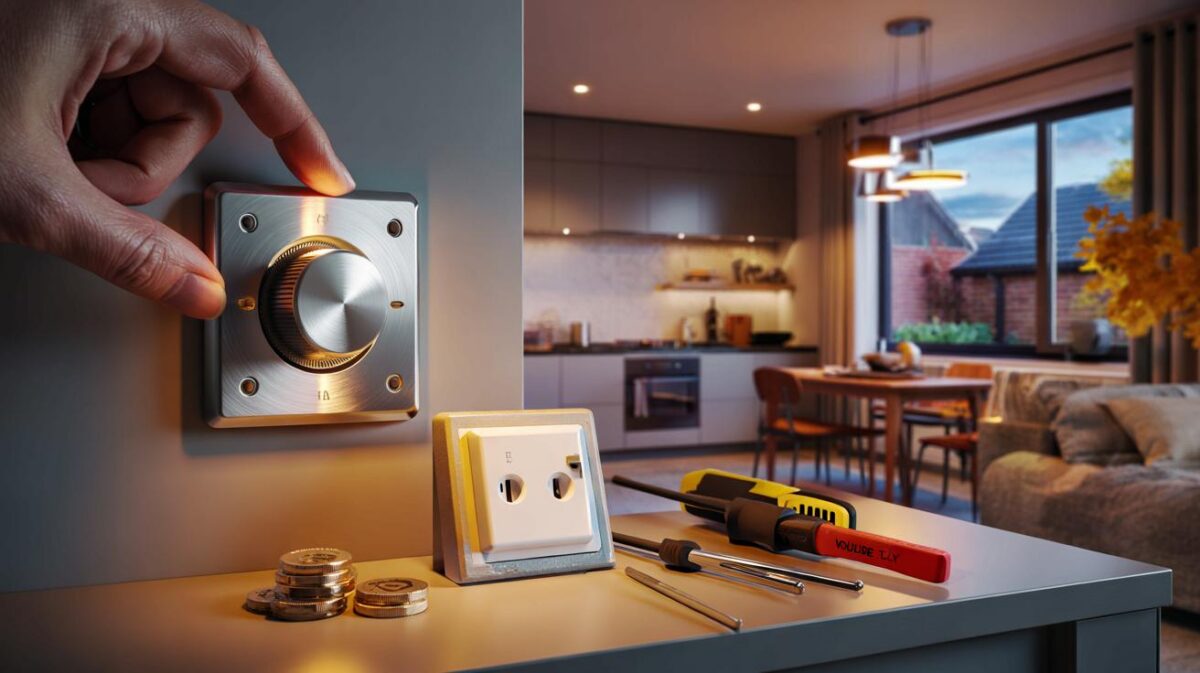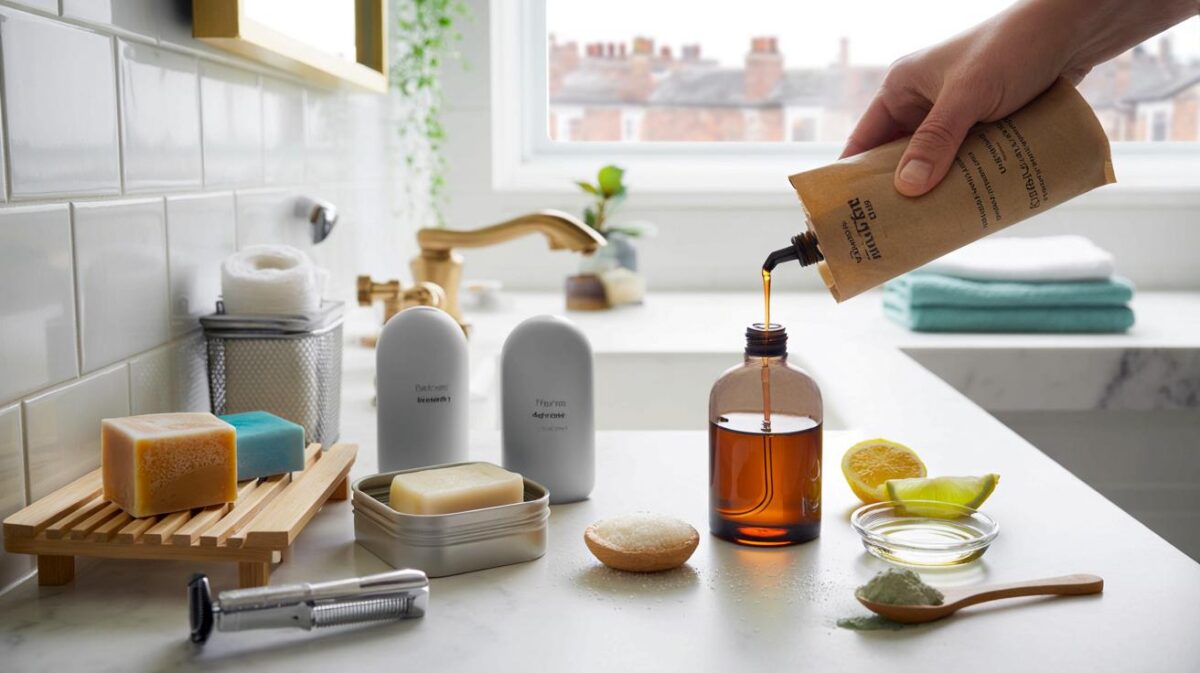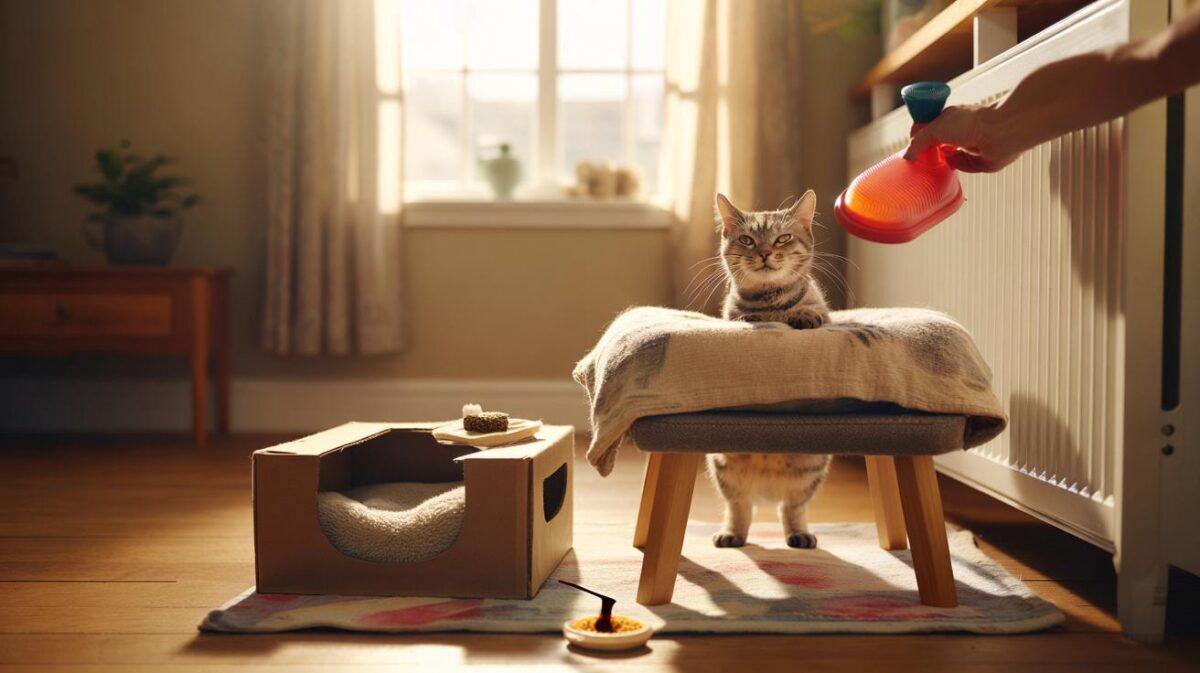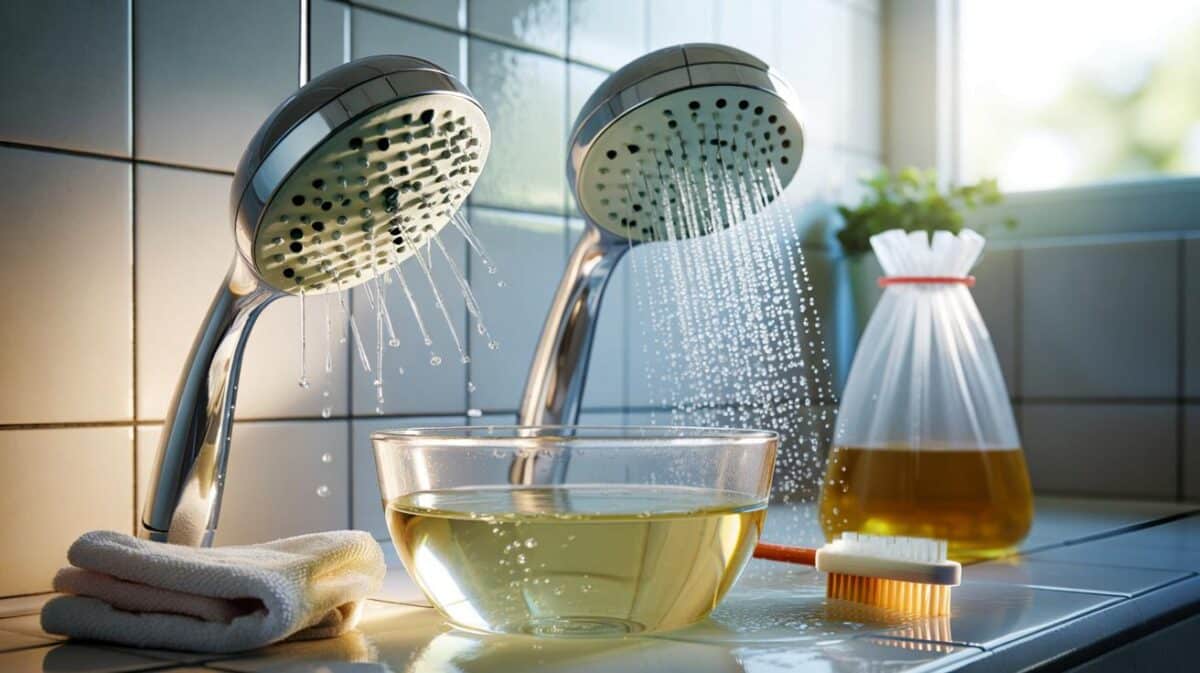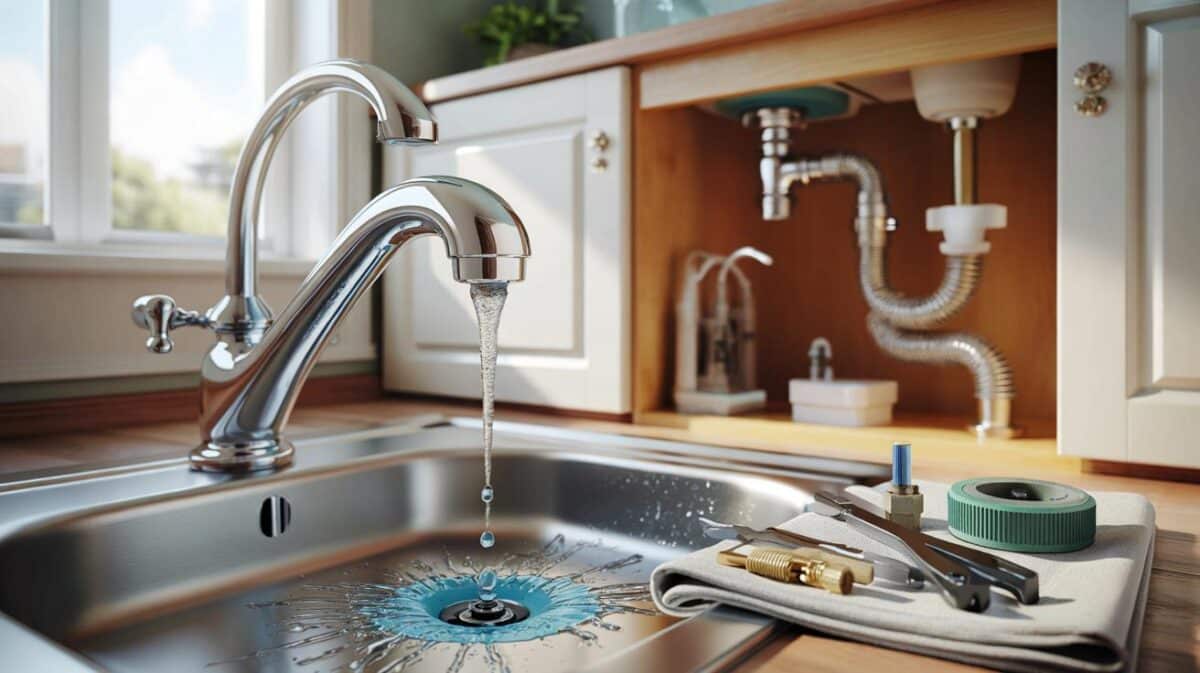It feels clever. It often isn’t. Your bill may prove it.
With energy prices still biting and damp days settling in, a small habit can inflate costs and chill your rooms. The reflex to kill the heating when you step out for work looks thrifty. Physics says otherwise, especially in draughty or poorly insulated homes.
What really happens when you switch the heating off
Turn everything off and the building cools fast. Walls, floors and furniture lose heat. Moist air meets cold surfaces and raises condensation risk. When you return, the system must push hard to warm not only the air but the fabric of the home. That recovery surge burns through kilowatt-hours.
Short absences don’t justify a full shutdown. Maintaining a low, steady temperature usually costs less across the day.
Think about heat loss. It scales with the temperature difference between indoors and outdoors. Drop the set-point modestly while away. You cut losses for hours. You also avoid a brutal evening spike when demand and tariffs may peak.
The smarter move: set back, don’t shut down
For most households, a 3–4°C set-back during daytime absences works well. Aim for roughly 16°C in living spaces and 14°C in bedrooms while you’re out. Restore your normal level 30–60 minutes before you get home.
A 3°C reduction can trim heat loss by around 10–15% during your absence, without the costly catch-up burn.
Use a programmable thermostat or smart TRVs to automate the routine. People forget. Automation does not. If your system supports geofencing, let your phone nudge the heating up as you start the journey home.
Does system type change the rule?
Different systems behave differently. The principle stays the same: avoid deep cool-downs for short gaps.
Gas or oil boilers
These respond quickly. A 3–4°C set-back for up to 8–10 hours suits most properties. Full shutdown for weekends away is fine if frost protection remains active.
Heat pumps
They thrive on steady, low-temperature operation. Choose a smaller set-back, often 1–2°C, to keep efficiency high and defrost cycles stable. Large swings push flow temperatures up and dent performance.
Electric storage and panel heaters
Storage heaters need planning. Charge them for a lower daytime demand if you’ll be out. For panel heaters, timers and room thermostats allow precise set-backs without overshoot.
| Absence length | Boiler set-back | Heat pump set-back | Target temp |
|---|---|---|---|
| 2–4 hours | 2–3°C | 1–2°C | 15–17°C |
| Workday (6–10 hours) | 3–4°C | 1–2°C | 14–16°C |
| Overnight | 2–3°C | 1–2°C | 15–17°C bedrooms lower |
| Trips (2+ days) | Frost mode or 12–14°C | Frost mode or minimal set-point | Protect pipes and fabric |
Why the “off and on” habit backfires
Two invisible forces sting your wallet: thermal mass and moisture. Heavy, cold walls act like a sponge for heat. You must refill them before you feel warm. Wet air lingers in cooler rooms, nudging mould risk on shaded corners and behind furniture.
Lowering the set-point narrows the indoor–outdoor temperature gap. Your home leaks less heat through roofs, windows and floors while you’re away. The system then lifts only a few degrees on your return. That gentle ramp uses less energy than blasting from near-cold.
Numbers that matter for your bill
- Each 1°C lower set-point can cut space-heating use by roughly 6–10% over the hours it applies.
- Condensation risk rises on surfaces that dip below the dew point; a mild set-back helps keep surfaces warmer.
- Even in a well-insulated flat, a deep cool-down can add a 30–60 minute high-output burst at peak prices.
- Smart schedules often save £80–£180 a year in typical UK homes by avoiding recovery surges and empty-house heating.
Practical autumn tactics that actually work
Small moves stack up when the clocks change and evenings darken. These are simple, low-cost and quick.
- Close curtains or shutters at dusk and open them at dawn to trap solar gains and curb night losses.
- Keep radiators clear. No sofas or long curtains in front. Warm air must circulate.
- Vent fast. Open windows wide for 5–10 minutes to refresh air without chilling the fabric.
- Bleed radiators and check boiler pressure. Poor circulation wastes energy.
- Fit draught strips on letterboxes and gaps. A cheap baffle under doors pays back in weeks.
- Use room-by-room control. Heat the spaces you use. Keep hallways cooler as buffers.
Think schedule, not switch. Set back when you’re out, restore warmth before you’re back, and keep the building temperate.
When full shutdown makes sense
Leaving for several days? Reduce set-points deeply or select frost protection. Keep pipework safe and the building dry. If a cold snap is forecast, avoid letting indoor temperatures fall below 12–14°C in vulnerable areas such as lofts and north-facing rooms.
A quick home scenario to guide your settings
Take a 80 m² mid-terrace with a condensing gas boiler. Set 20°C when occupied. Weekdays, reduce to 16°C from 08:30 to 17:00. Schedule a warm-up to 19.5–20°C from 16:30. Bedrooms sit at 17°C in the evening and 15–16°C overnight. This pattern trims daytime losses, avoids a harsh recovery, and keeps surfaces warm enough to deter condensation.
Extra gains: comfort without touching the dial
Textiles boost perceived warmth. A dense rug on a bare floor reduces radiant heat loss from your body. A throw on the sofa raises comfort quickly at the same air temperature. Move a reflective panel behind radiators on external walls to nudge more heat into the room.
If you use a heat pump, mind your controls
Enable weather compensation. Let the controller lower flow temperatures on mild days. Keep set-backs small and steady. Avoid daily deep drops that force high flow temperatures and strip away efficiency. If you often feel a late-evening chill, bring the pre-warm forward by 20 minutes rather than cranking the set-point.
Two common myths that cost money
“Heating from cold is always cheaper because you don’t heat an empty home”
Heating from near-cold ignores recovery losses and comfort delays. A controlled set-back lowers total losses and smooths demand.
“I must keep radiators hot to banish damp”
You need warmer surfaces and fresh air, not high set-points all day. Short, sharp ventilation plus modest, steady heat keeps humidity in check.
Useful additions for the months ahead
Consider a smart thermostat with occupancy detection. Many models learn your routine and manage set-backs automatically. If you rent, choose room thermostats and TRVs you can take with you. A one-off spend often pays back within a winter or two.
Track your gas and electricity with daily meter reads or an in-home display. Watch how a 3–4°C set-back changes your usage on workdays. A simple log helps you tune timings, spot waste and keep bills predictable when temperatures slide into single digits.
